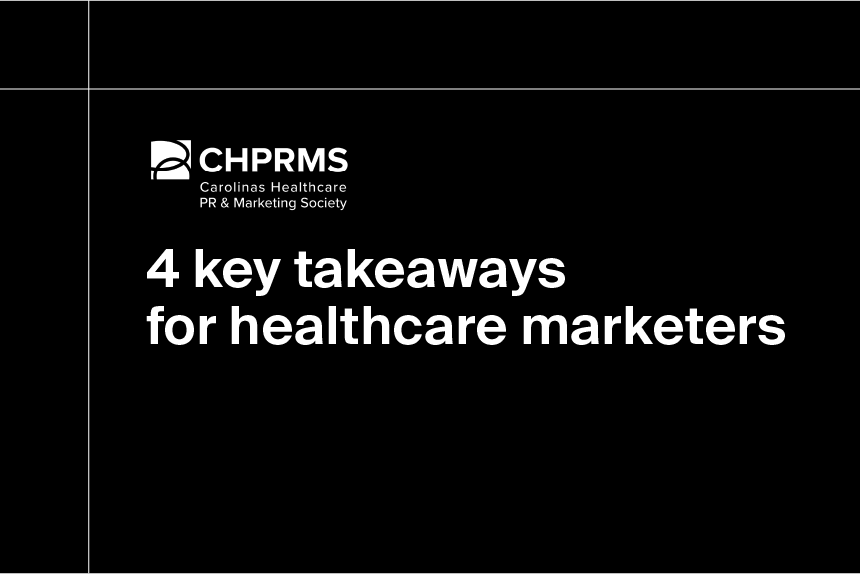What is uncompensated care?
In the American healthcare industry, uncompensated care refers to medical services provided by hospitals or providers for which they do not receive payment.
It includes two major components: Charity care and bad debt. When a patient is uninsured, impoverished, or meets certain financial eligibility criteria, they may receive medical care from a hospital for free or at a reduced cost. This is charity care, and hospitals often have specific policies that define who qualify for this type of ‘pro bono’ care.
The other major component to uncompensated care is bad debt. Unlike charity care, where the hospital does not expect to receive payment from the patient, bad debt represents services for which the provider expected payment but never received it. This is usually because the patient did not pay their bill and did not qualify for charity care.
Together, these two categories represent the total cost of care that hospitals and providers deliver without reimbursement from patients, insurers, or government programs. According to the American Hospital Association (AHA), U.S. hospitals have provided more than $620 billion in uncompensated patient care over the last 20 years.
Using data from Definitive Healthcare’s HospitalView product, we analyzed the hospitals in the U.S. with the highest ratios of bad debt, and the facilities with the highest unreimbursed Medicaid costs.
| Rank | Definitive ID | Hospital name | State | Net patient revenue | Bad debt ratio | Explore dataset |
|---|---|---|---|---|---|---|
| 1 | 2268 | Singing River Gulfport (FKA Garden Park Medical Center) | MS | $122,505,648 | 130% | Explore |
| 2 | 551805 | HonorHealth Florence Medical Center (FKA Florence Hospital) | AZ | $19,268,196 | 102% | Explore |
| 3 | 829 | HCA Florida Lehigh Hospital (FKA Lehigh Regional Medical Center) | FL | $54,454,240 | 97% | Explore |
| 4 | 1785 | Hardtner Medical Center | LA | $42,547,296 | 91% | Explore |
| 5 | 3961 | TMC Bonham Hospital (FKA Red River Regional Hospital) | TX | $13,848,077 | 89% | Explore |
| 6 | 4469 | Webster Memorial Hospital (FKA Webster County Memorial Hospital) | WV | $12,088,469 | 74% | Explore |
| 7 | 41 | Evergreen Medical Center | AL | $ 6,511,041 | 68% | Explore |
| 8 | 5292 | Refugio County Memorial Hospital | TX | $12,894,955 | 61% | Explore |
| 9 | 994606 | Elite Hospital Kingwood (FKA Kingwood Emergency Hospital) | TX | $23,455,354 | 60% | Explore |
| 10 | 3978 | Pampa Regional Medical Center | TX | $53,375,016 | 58% | Explore |
Fig 1. Data is from the Definitive Healthcare HospitalView product and sourced from the latest release of the Medicare Cost Report. Data accessed October 2025.
Which hospitals had the highest bad debt ratios?
The table above highlights the hospitals with high bad debt ratios tracked in our database in the most recent 12-month interval.
Singing River Gulfport in Mississippi and HonorHealth Florence Medical Center in Arizona both report bad debt ratios over 100%. These figures suggest that these hospitals could be absorbing more in unpaid care than they are collecting in revenue, which is likely financially unsustainable in the long term.
Many of the listed hospitals report modest net patient revenues (Singing River Gulfport is the only facility with an NPR over $100 million in the top 10), which makes them particularly vulnerable to revenue loss from uncompensated care.
Hospitals in Texas appear multiple times, indicating that regional economic or insurance coverage challenges may be driving higher rates of bad debt in that state.
Unreimbursed Medicare & Medicaid costs
Medicare and Medicaid are both government healthcare programs that help Americans secure coverage, but their reimbursement structures differ significantly by program and by state.
Typically, providers such as hospitals, physicians, and nursing facilities submit claims for covered services, and Medicaid reimburses them based on pre-established fee schedules, diagnosis-related group (DRG) rates, or cost-based methods.
However, Medicaid reimbursement rates are often significantly lower than those paid by private insurers or Medicare, which means providers may receive only a fraction of the cost of delivering care. Unreimbursed Medicaid costs refers to that difference between the cost of providing care to Medicaid patients and the amount that Medicaid actually pays the provider for those services.
In other words, these are the losses hospitals or healthcare organizations incur when Medicaid reimbursement rates don’t fully cover the cost of delivering care. Below, we used HospitalView to analyze the hospitals with the highest unreimbursed Medicaid costs.
| Rank | Definitive ID | Hospital name | State | Net patient revenue | Unreimbursed Medicaid costs | Explore dataset |
|---|---|---|---|---|---|---|
| 1 | 541974 | NewYork-Presbyterian Weill Cornell Medical Center | NY | $10,091,059,200 | $645,652,928 | Explore |
| 2 | 2844 | NYC Health and Hospitals - Bellevue (FKA Bellevue Hospital Center) | NY | $ 1,359,531,648 | $569,533,184 | Explore |
| 3 | 273024 | Montefiore Hospital - Moses Campus | NY | $ 3,916,947,968 | $447,360,416 | Explore |
| 4 | 2755 | NYC Health and Hospitals - Jacobi (FKA Jacobi Medical Center) | NY | $ 1,135,075,072 | $442,030,144 | Explore |
| 5 | 2843 | Tisch Hospital | NY | $ 8,131,192,320 | $438,831,072 | Explore |
| 6 | 2753 | NYC Health and Hospitals - Lincoln (FKA Lincoln Medical & Mental Health Center) | NY | $ 738,185,920 | $372,457,696 | Explore |
| 7 | 2806 | NYC Health and Hospitals - Kings County (FKA Kings County Hospital Center) | NY | $ 1,095,416,704 | $349,709,184 | Explore |
| 8 | 2879 | NYC Health and Hospitals - Elmhurst (FKA Elmhurst Hospital Center) | NY | $ 917,565,120 | $302,753,024 | Explore |
| 9 | 515 | University of California Davis Medical Center (AKA UC Davis Medical Center) | CA | $ 3,613,207,296 | $295,184,992 | Explore |
| 10 | 596 | Santa Clara Valley Medical Center | CA | $ 2,810,125,056 | $282,588,000 | Explore |
Fig 2. Data is from the Definitive Healthcare HospitalView product and sourced from the latest release of the Medicare Cost Report. Data accessed October 2025.
Which hospitals had the highest amount of unreimbursed Medicaid costs?
This table highlights hospitals with some of the highest unreimbursed Medicaid costs in the United States, revealing how heavily this financial burden falls on large academic medical centers and public hospitals.
At the top of the list, New York-Presbyterian Weill Cornell Medical Center reports more than $645 million in unreimbursed Medicaid costs, despite its substantial $10 billion in net patient revenue, reflecting both its large Medicaid patient base and the high cost of care in New York City.
Eight of the top ten are hospitals located in New York state. Facilities like Bellevue, Jacobi, Lincoln, Kings County, and Elmhurst show particularly high unreimbursed Medicaid costs relative to their total net patient revenue—an indication of the immense strain Medicaid underpayment places on safety-net providers.
Effects of uncompensated care
Uncompensated care places significant financial and operational strain on hospitals and healthcare providers, particularly those serving large uninsured or low-income populations. Because this care is provided without payment, it reduces hospital revenue and operating margins, often forcing facilities—especially rural and safety-net hospitals—to cut services, delay investments, or even close. To offset these losses, some providers raise prices for insured patients, contributing to higher overall healthcare costs.
Operationally, uncompensated care creates administrative burdens related to tracking and reporting charity care and bad debt, diverting resources from patient care and innovation. Over time, this financial pressure can limit access to essential services, lead to staffing shortages, and widen disparities in care, especially in communities with high rates of uninsurance.
Learn more
Healthcare Insights are developed with data from the Definitive Healthcare platform. Want even more insights? Start a free trial now and get access to the latest intelligence on hospitals, physicians, and other healthcare providers.




